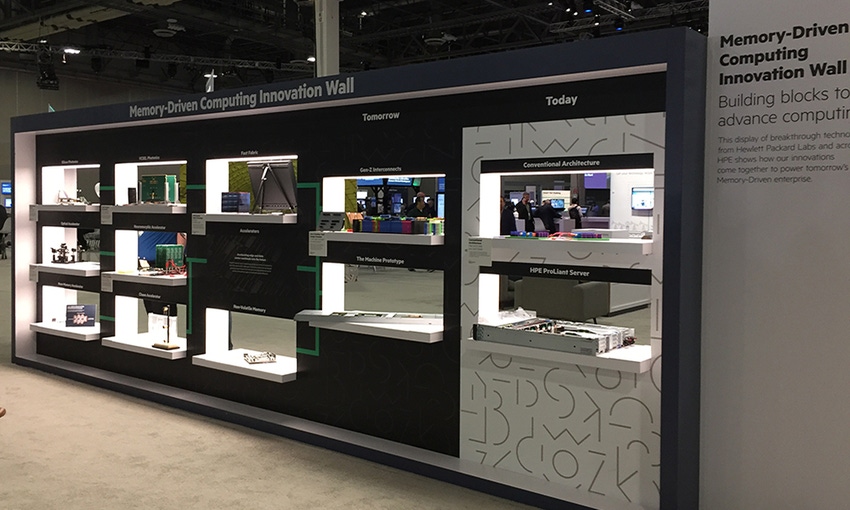HPE shared its vision for the future and showcased its technology at Discover 2018.
June 20, 2018


HPE’s Antonio Neri
LAS VEGAS — While HPE partners and business customers are interested in IT solutions that solve today’s business challenges, they also have an eye on the future. They got an earful about future technology developments — IoT, the intelligent edge, deep learning and analytics, composable memory fabric. Gen-Z, AI, blockchain and more — from HPE business executives at HPE Discover 2018, being held here June 19-21.
At the Discover keynote, HPE CEO and president, Antonio Neri shared the company’s vision for the future that includes the intelligent edge where people live and work, and where most of the data is created; a multicloud world; memory-driven computing – what he called the frontier of a new generation of computing; and leveraging AI to create actionable insights and value from data.
Two critical transformation areas that HPE focused on over the course of the conference are the intelligent edge and memory-driven computing.
To make the vision of these transformation areas reality, HPE made several of announcements. The first is a commitment to invest $4 billion in the intelligent edge technology and services over the next four years. More specifically, HPE will invest in research and development in areas such as security, AI and machine learning, and automation and edge computing. At the same time, the vendor committed to invest in open standards and open source technologies, cultivate communities of software, AI and network engineers, and develop its ecosystem through partnerships.
“We believe the enterprise of the future will be edge-centric, multi-cloud and data driven,” said Neri.
HPE also forefronted its engineering prowess with discussions about memory-driven computing, calling it the ultimate scalable composable architecture. Memory-driven computing is a paradigm that shifts processing from slow silicon to hyper-fast memory. Memory-driven computing is required to advance the speed, accuracy and efficiency of localized computing at the edge –— or from every edge to any cloud.
“I believe this new architecture called memory-driven computing will change everything,” said Neri.
Today, HPE launched an incubation practice with specialized skills for solving big data problems through memory-driven computing, leveraging the expertise of Hewlett Packard Labs and HPE Pointnext; the latter’s advisory and professional services will work with leading-edge customers to explore memory-driven computing applications and deliver proofs-of-concept that will demonstrate dramatic performance gains..
HPE also announced this week the launch of a memory-driven computing sandbox designed for developers to get started with memory-driven computing today. In November 2017, HPE unveiled the Superdome Flex, an in-memory computing platform.
Read more about:
AgentsAbout the Author(s)
You May Also Like


